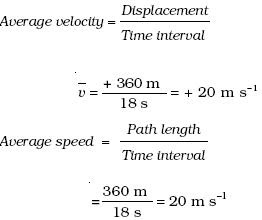It's useful to look at some examples to see how we deal with situations involving uniform circular motion.
Example -
let me try to help you with an example on newton's second law of motion for uniform circular motion. Identical objects on a turntable, different distances from the center. Let's not worry about doing a full analysis with numbers; instead, let's draw the free-body diagram, and then see if we can understand why the outer objects get thrown off the turntable at a lower rotational speed than objects closer to the center.
In this case, the free-body diagram has three forces, the force of gravity, the normal force, and a frictional force. The friction here is static friction, because even though the objects are moving, they are not moving relative to the turntable. If there is no relative motion, you have static friction. The frictional force also points towards the center; the frictional force acts to oppose any relative motion, and the object has a tendency to go in a straight line which, relative to the turntable, would carry it away from the center. So, a static frictional force points in towards the center.
Summing forces in the y-direction tells us that the normal force is equal in magnitude to the weight. In the x-direction, the only force there is is the frictional force.
The maximum possible value of the static force of friction is
As the velocity increases, the frictional force has to increase to provide the necessary force required to keep the object spinning in a circle. If we continue to increase the rotation rate of the turntable, thereby increasing the speed of an object sitting on it, at some point the frictional force won't be large enough to keep the object traveling in a circle, and the object will move towards the outside of the turntable and fall off.
Why does this happen to the outer objects first? Because the speed they're going is proportional to the radius (v = circumference / period), so the frictional force necessary to keep an object spinning on the turntable ends up also being proportional to the radius. More force is needed for the outer objects at a given rotation rate, and they'll reach the maximum frictional force limit before the inner objects will.
Have you understood the importance of newton's law of motion for circular motion. keep reading ... In the next lesson .. lets learn on Uniform Motion and Non-uniform Motion





